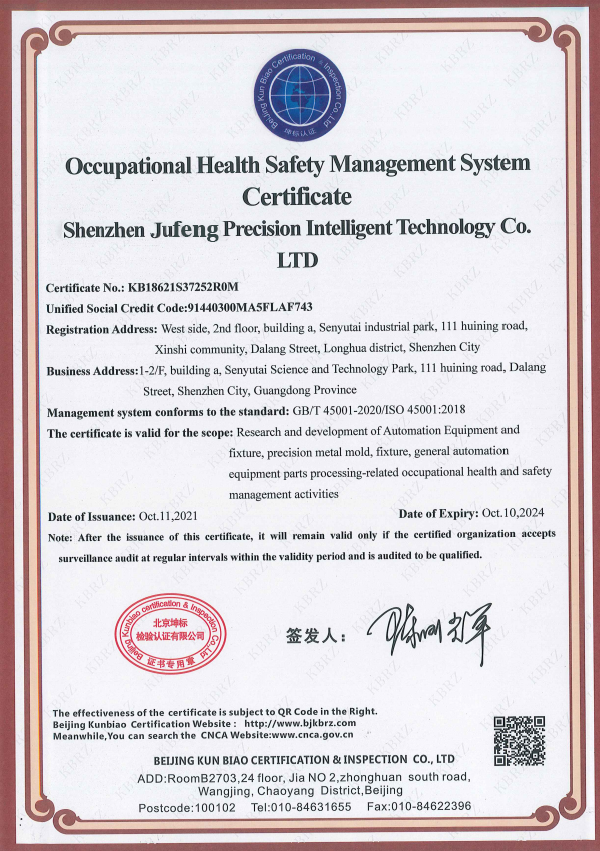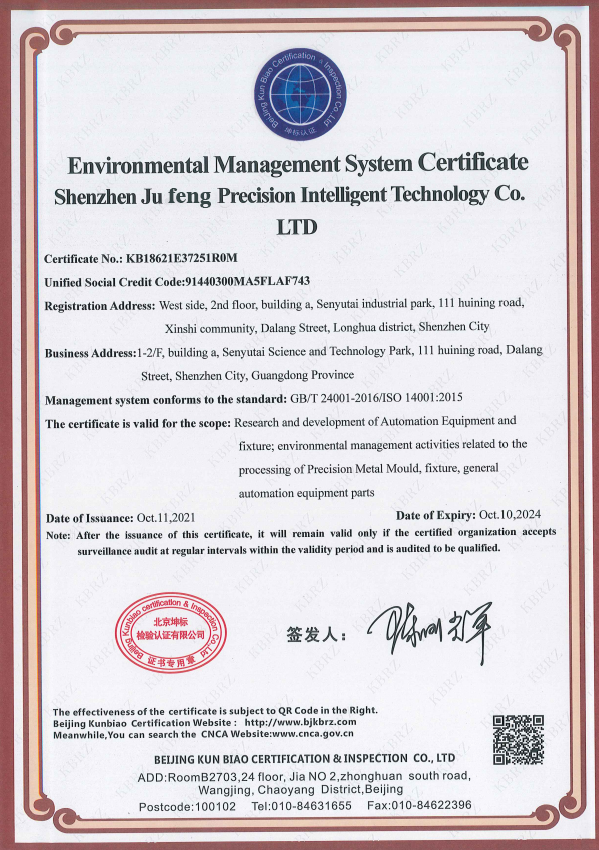News
Tailoring Large Cutting Amount Processing Fixtures to Your Specific Industry Needs
Tailoring Large Cutting Amount Processing Fixtures to Your Specific Industry Needs
Introduction to Large Cutting Amount Processing Fixtures
In the manufacturing realm, large cutting amount processing fixtures play a pivotal role in enhancing productivity and precision. These fixtures are essential for ensuring that tools maintain their position during high-volume cutting operations, which can significantly affect the quality of the end product. By tailoring these fixtures to meet specific industry needs, manufacturers can achieve greater efficiency and reduced production costs.
The Importance of Customization in Processing Fixtures
Customization is not just a luxury; it’s a necessity in today’s competitive industrial landscape. Here are several reasons why tailored processing fixtures are vital:
1. Enhanced Precision
Standard fixtures may not provide the level of precision required for intricate designs. Custom fixtures are engineered to accommodate unique specifications, ensuring that every cut is exact and minimizes waste.
2. Improved Efficiency
Customized fixtures can streamline the production process. By aligning the fixture’s design with the machinery and cutting tools, manufacturers can reduce setup times and increase output rates, thus enhancing overall efficiency.
3. Versatility Across Applications
Industries such as aerospace, automotive, and heavy machinery require diverse cutting techniques. Tailored fixtures can be designed to suit various cutting methods, including milling, drilling, and grinding, making them indispensable across multiple applications.
Understanding Your Industry’s Specific Needs
Before diving into the customization of large cutting amount processing fixtures, it’s crucial to comprehend the unique needs of your industry. Different sectors present distinct challenges and requirements.
Aerospace Industry Requirements
In the aerospace sector, safety and precision are paramount. Fixtures must support components made from lightweight yet durable materials like titanium and composites, ensuring stability during cutting.
Automotive Industry Specifications
The automotive industry focuses on rapid production and high-volume output. Here, fixtures need to accommodate various parts while maintaining precision to ensure quality standards are met, especially in components like engine blocks and chassis.
Heavy Machinery Manufacturing Challenges
Heavy machinery parts often require robust fixtures capable of handling significant loads. Custom solutions must ensure that heavy components remain stable during machining processes to prevent any operational hazards.
Key Features of Effective Tailored Processing Fixtures
To ensure that your processing fixtures meet the specific requirements of your industry, several features should be included in the design.
1. Material Selection
Choosing the right materials for your fixtures is critical. High-strength alloys or composite materials may offer the durability needed in demanding environments, while lightweight options can facilitate ease of handling.
2. Modular Design
A modular design allows for flexibility and adaptability. This feature enables manufacturers to modify fixtures as needed, accommodating different parts or processes without complete redesign.
3. Ergonomic Considerations
Ergonomics should not be overlooked. Designing fixtures that are easy to handle and adjust can reduce operator fatigue and enhance productivity.
Best Practices for Designing Tailored Processing Fixtures
To create effective and customized processing fixtures, manufacturers should adhere to the following best practices:
1. Collaborate with Engineers and Operators
Involve engineers and operators in the design process. Their insights are invaluable for understanding practical challenges and operational requirements.
2. Utilize Advanced Technologies
Leverage technologies such as 3D modeling and simulation software to visualize and test fixture designs before production. This approach can identify potential issues and optimize the design for performance.
3. Conduct Rigorous Testing
Before full-scale implementation, rigorously test the fixtures under actual operating conditions. This step ensures that they perform as intended and meet industry standards.
The Future of Large Cutting Amount Processing Fixtures
As technology evolves, so do the methodologies behind crafting processing fixtures. Emerging trends in automation and smart manufacturing are set to revolutionize how fixtures are designed and utilized.
1. Integration of Automation
Automated systems can streamline the adjustment and setup of fixtures, reducing the time needed for manual interventions and enhancing overall efficiency.
2. Smart Fixtures with IoT Capabilities
The Internet of Things (IoT) can enhance fixture functionality. Smart fixtures equipped with sensors can monitor performance in real-time, providing data that can be used to fine-tune operations and predict maintenance needs.
3. Sustainable Practices
Sustainability is becoming increasingly important. Utilizing recyclable materials and energy-efficient manufacturing processes will be key considerations in the future design of processing fixtures.
Case Studies: Successful Implementation of Tailored Fixtures
Examining real-world applications can provide valuable insights into the benefits of customized processing fixtures.
1. Aerospace Component Manufacturing
A company specializing in aerospace components implemented custom fixtures that improved precision by 30%. By using lightweight materials and modular designs, they increased output while maintaining stringent safety standards.
2. Automotive Parts Production
In the automotive industry, a manufacturer faced challenges with inconsistent machining results. By developing tailored fixtures that accounted for the unique geometry of their parts, they achieved a significant reduction in production errors, enhancing quality.
3. Heavy Equipment Fabrication
A heavy machinery manufacturer adopted custom fixtures that could support larger components without compromising stability. This change resulted in a 25% increase in productivity due to reduced setup times and improved machining accuracy.
Frequently Asked Questions (FAQs)
1. What are large cutting amount processing fixtures?
Large cutting amount processing fixtures are specialized tools used to hold and stabilize workpieces during high-volume machining operations, ensuring accuracy and efficiency.
2. Why is customization important for processing fixtures?
Customization allows fixtures to meet specific requirements of different industries, enhancing precision, efficiency, and versatility.
3. What materials are best for custom fixtures?
The best materials depend on the application, but commonly used materials include high-strength alloys, composites, and lightweight metals.
4. How do I choose the right design for my fixtures?
Choosing the right design involves assessing your specific operational needs, consulting with engineers, and considering factors like material type and ergonomic design.
5. What trends are shaping the future of processing fixtures?
Key trends include automation, IoT integration, and a focus on sustainable practices to improve efficiency and reduce environmental impact.
Conclusion
Tailoring large cutting amount processing fixtures to meet specific industry needs is essential for maximizing productivity and optimizing manufacturing processes. By understanding the unique challenges of your sector and implementing best practices in design and materials selection, you can create efficient, versatile, and precise fixtures that enhance operational performance. As technology continues to advance, staying abreast of industry trends will ensure that your fixtures remain at the forefront of innovation and efficiency. Custom fixtures are not just tools; they are strategic assets that can drive success in the competitive landscape of modern manufacturing.




